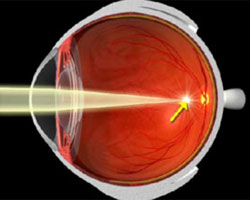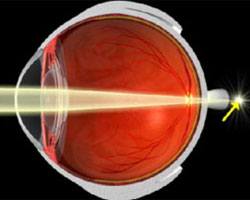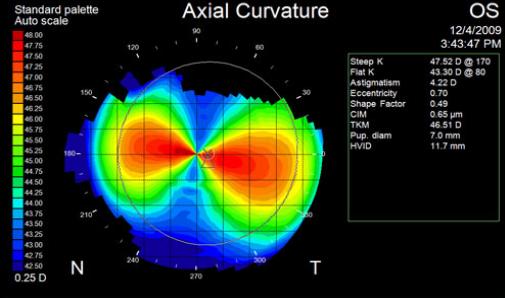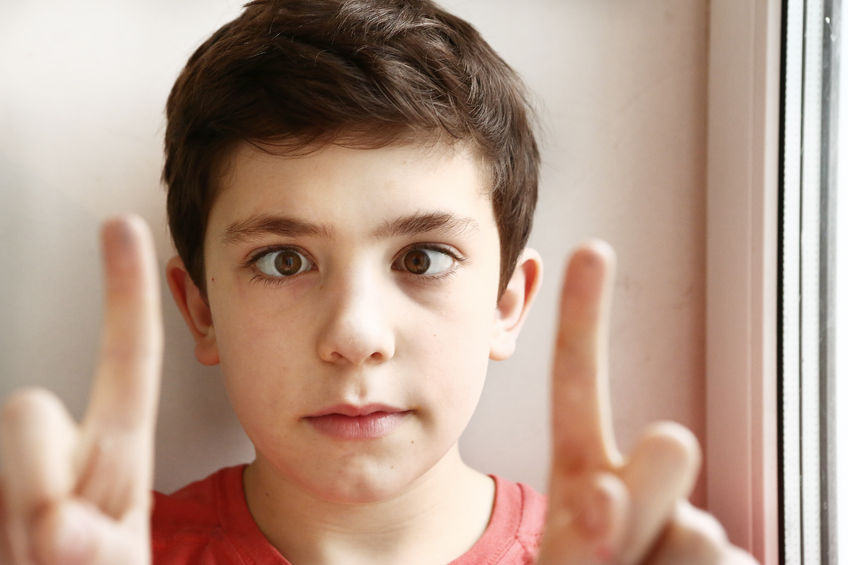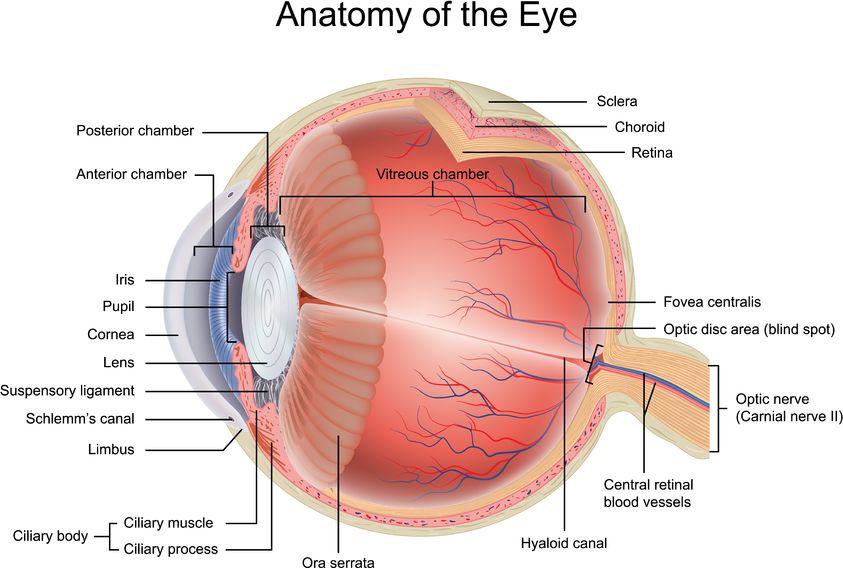
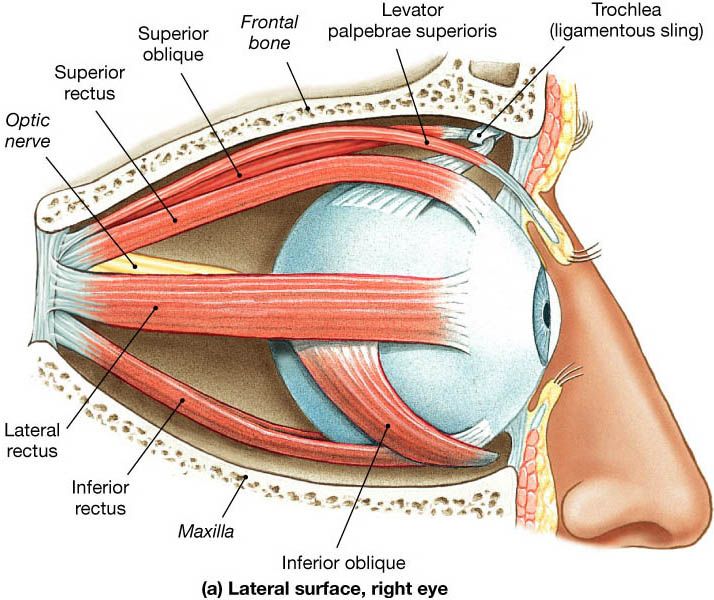
The eyeball has a diameter of about 24 mm. The eye serves functions similar to a video camera. The cornea, pupil, and lens create a sharp image of our surroundings on the retina. The lens automatically changes its shape, and the appropriate muscles change the size of the eyeball, resulting in a perfectly sharp image on the retina.
Cornea - The curved outer layer at the front of the eyeball. It helps focus incoming light. The cornea gets its nutrients from tears and fluid inside the eye. It doesn't have blood vessels and its focusing power is always the same.
Sclera - The white, protective outer layer of the eye. It keeps the eye safe from injuries and provides attachment points for the muscles that move the eyeball. The optic nerve and blood vessels pass through the back part of the sclera.
Iris - The colored part of the eye located behind the cornea. It has a hole in the center called the pupil. The iris contains muscles that adjust the size of the pupil. This helps regulate the amount of light entering the eye based on the surrounding light levels. It's an automatic process called eye adaptation.
Lens - Located behind the iris, it is a transparent, oval structure. The lens further bends light that passes through the pupil. It can change shape to focus on objects that are close or far away. This ability is called the eye's accommodation.
Retina - The inner layer of the eyeball that senses light. It contains cells called rods and cones. Rods detect light intensity, while cones help us see colors.
Macula (fovea centralis) - A small area in the center of the retina. It has the highest concentration of cones and provides the clearest vision.
Eye muscles - Six muscles on the outside of the eye move the eyeball. There are four straight muscles (superior, inferior, medial, and lateral) and two oblique muscles. These muscles work together to control eye movements and adjust the length of the eyeball.
